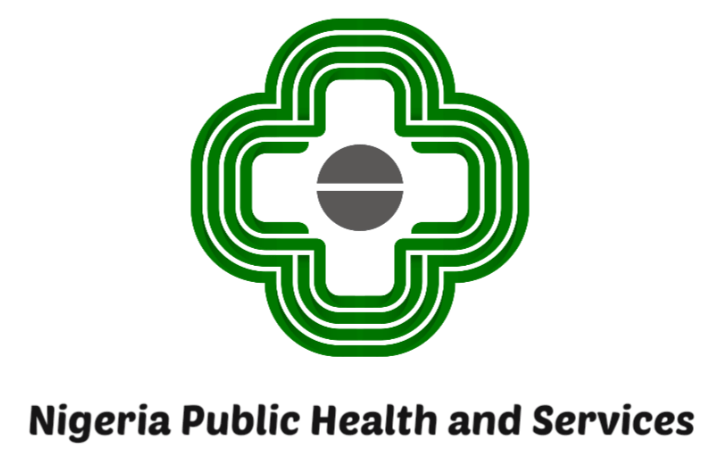Cuts and Grazes: Risks, Symptoms, Treatment, and Conclusion
Risks
Cuts and grazes are common injuries that occur when the skin is broken or scraped. Although often minor, they can pose certain risks if not properly treated. The main risks include infection, delayed healing, and scarring. Infections can occur if bacteria enter through the wound, leading to redness, swelling, and pus formation. Deeper cuts may damage nerves or blood vessels, causing more serious complications. People with weakened immune systems, diabetes, or poor circulation are at higher risk of complications.
Symptoms
The symptoms of cuts and grazes vary depending on the severity of the injury. Common symptoms include:
- Pain at the site of injury
- Bleeding, which can range from light to heavy
- Redness and swelling around the wound
- Visible damage to the skin, such as a break or scrape
- In the case of infection, symptoms may include increased pain, warmth, pus discharge, and fever
Treatment
Proper treatment of cuts and grazes is essential to prevent infection and promote healing. The following steps should be taken:
- Clean the wound: Rinse thoroughly with clean water to remove dirt and debris. Avoid using harsh chemicals that can damage tissue.
- Stop bleeding: Apply gentle pressure with a clean cloth or bandage until bleeding stops.
- Protect the wound: Cover with a sterile dressing or bandage to keep the area clean and moist, which aids healing.
- Monitor for infection: Watch for signs such as increased redness, swelling, pain, or discharge. If these occur, seek medical advice.
- Tetanus vaccination: Ensure tetanus shots are up to date, especially if the cut is deep or caused by a dirty object.
- Pain relief: Over-the-counter painkillers can help manage discomfort.
- Avoid picking or scratching: This can reopen the wound and increase infection risk.
Conclusion
Cuts and grazes are common injuries that can usually be managed effectively with proper care. Understanding the risks and symptoms helps in identifying when medical attention is necessary. Prompt and appropriate treatment minimizes complications and promotes faster healing. Maintaining good hygiene and keeping vaccinations current are important preventive measures. If a wound shows signs of infection or does not heal, medical consultation is essential to avoid serious outcomes.
